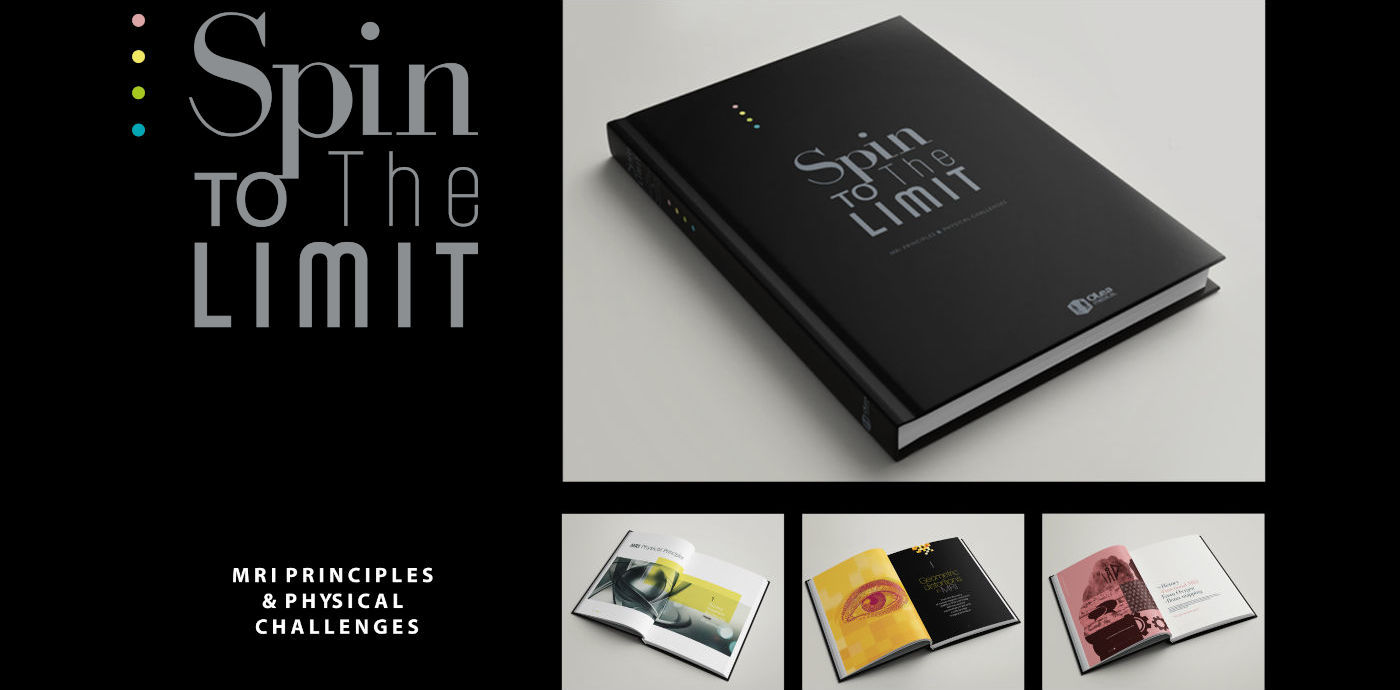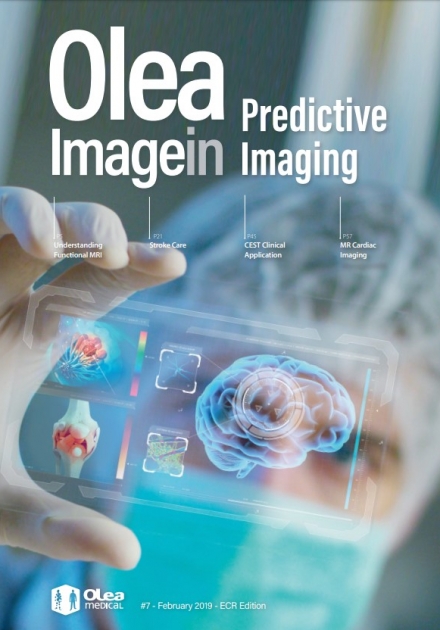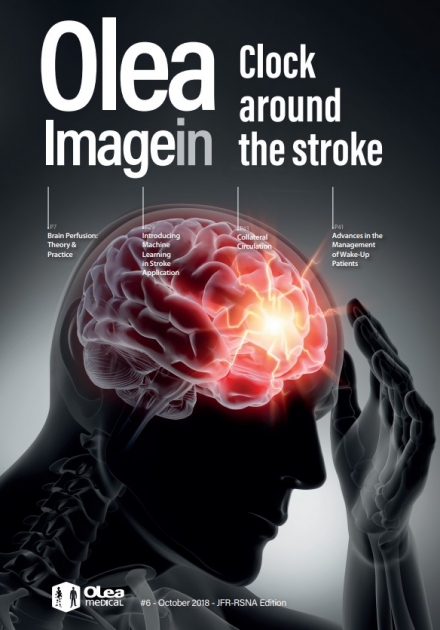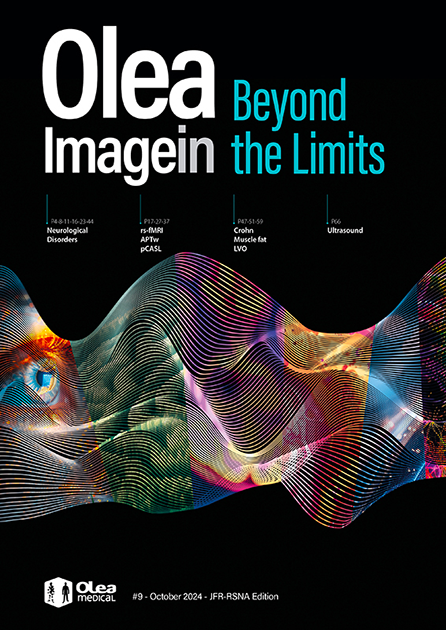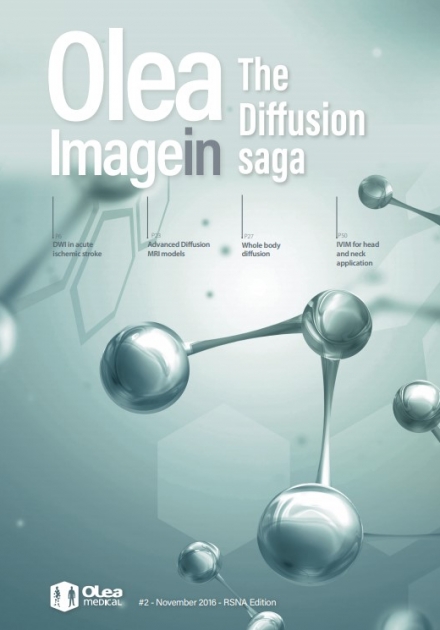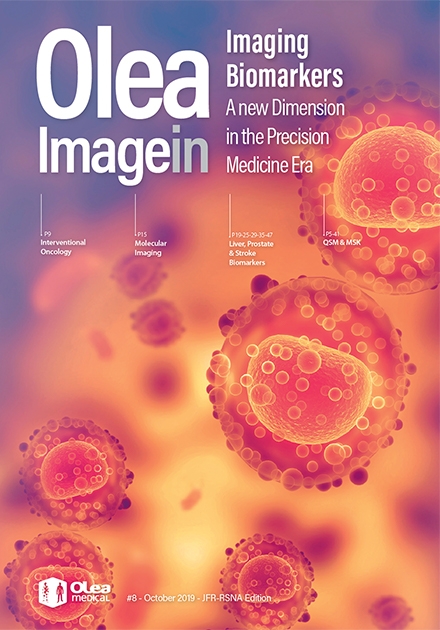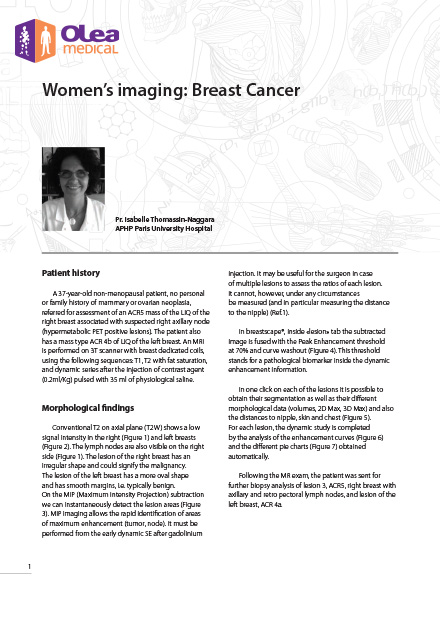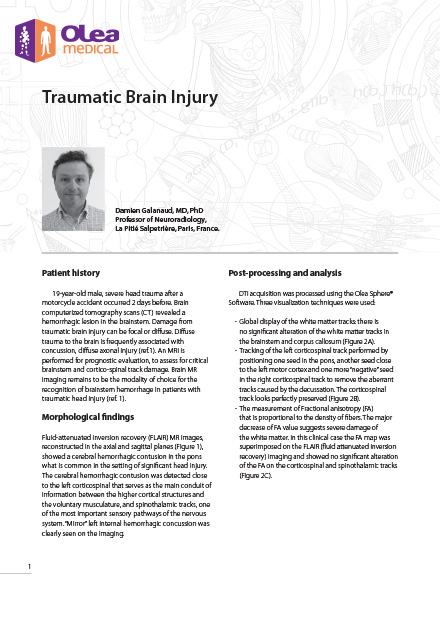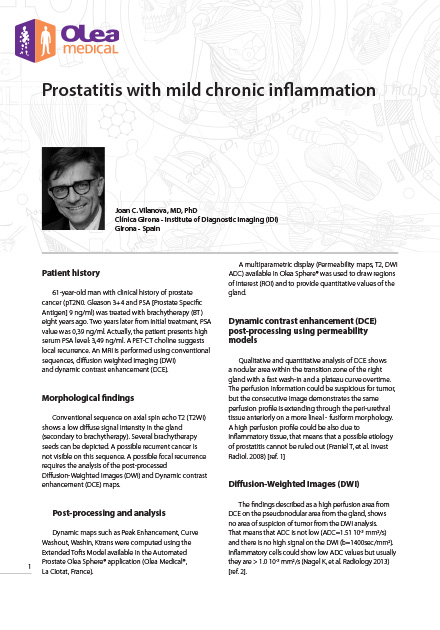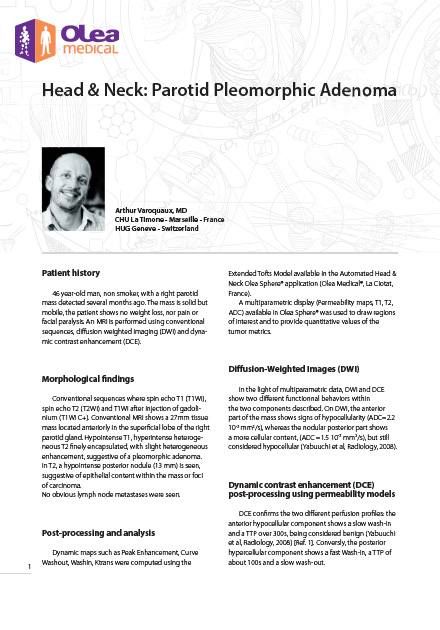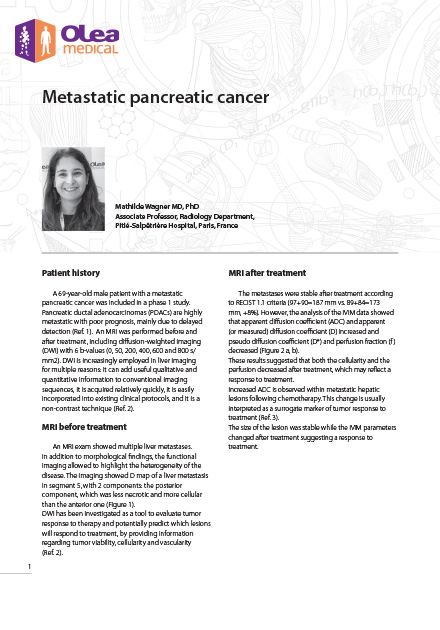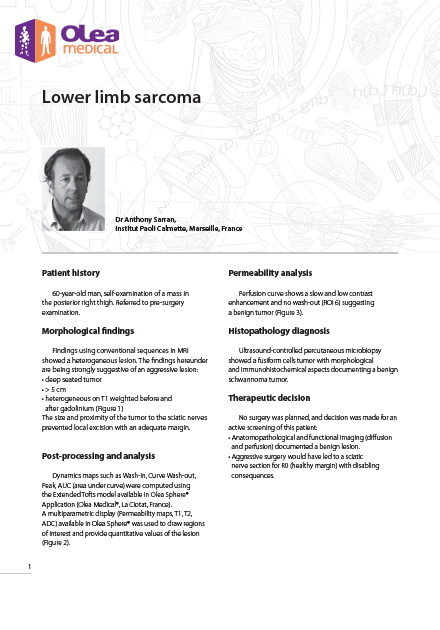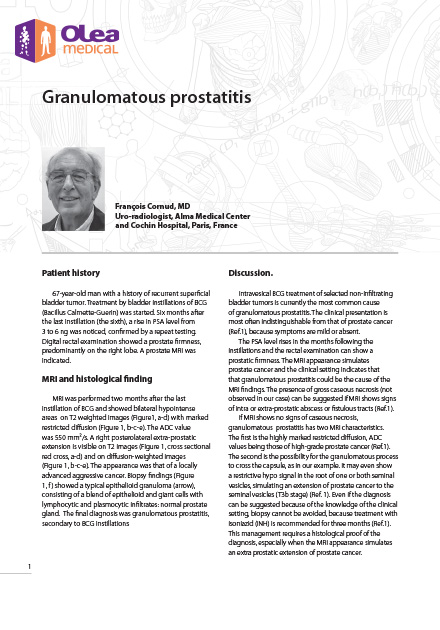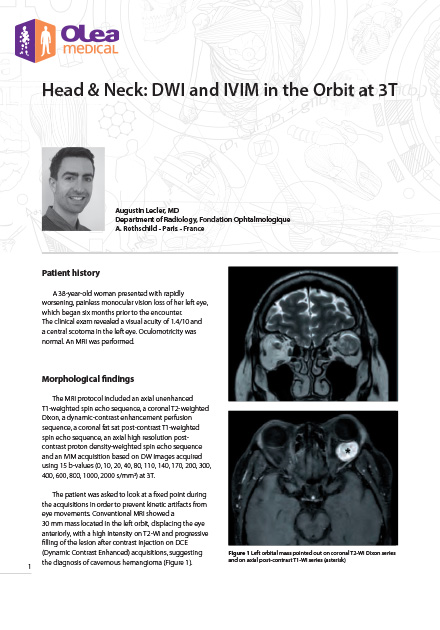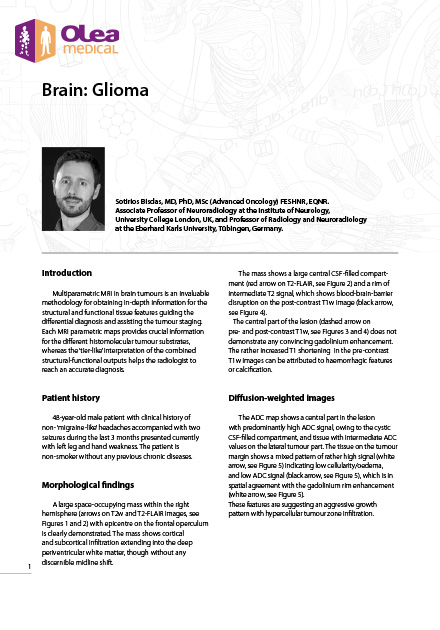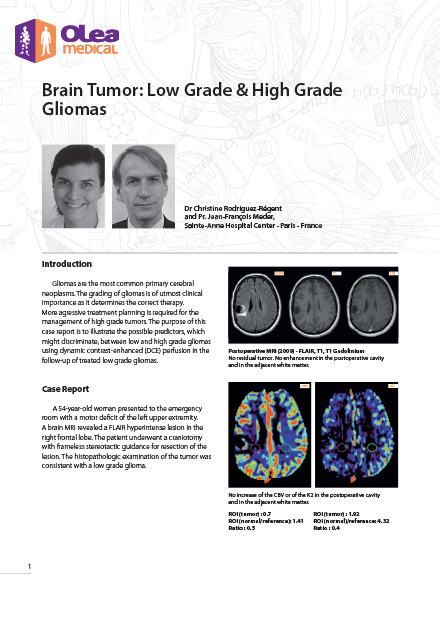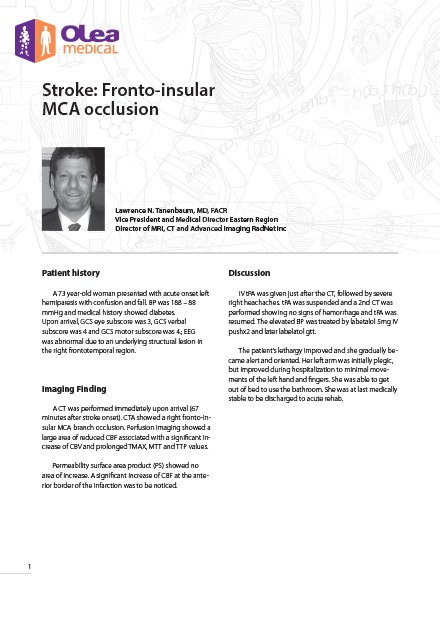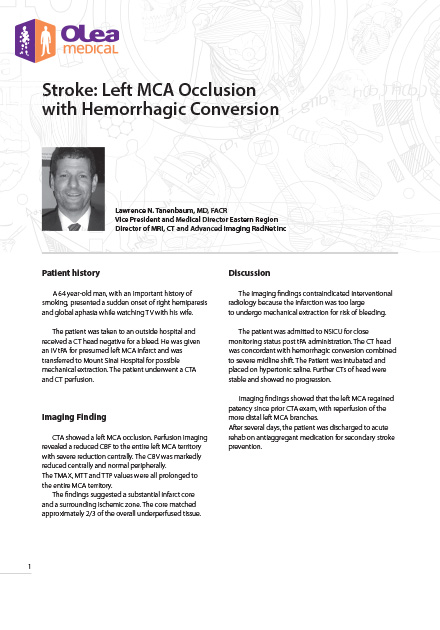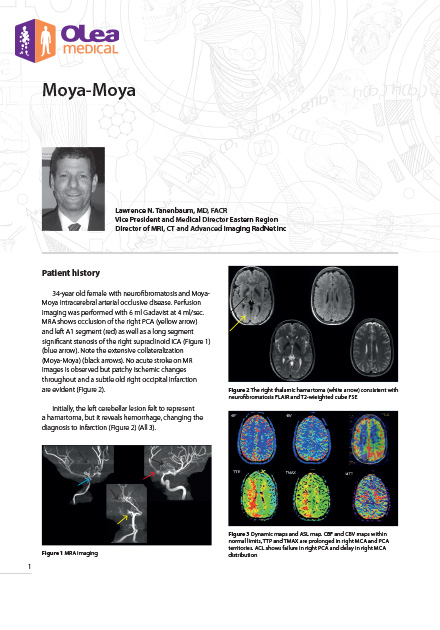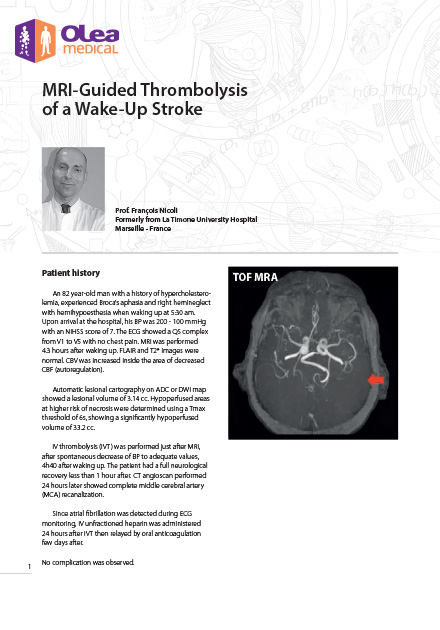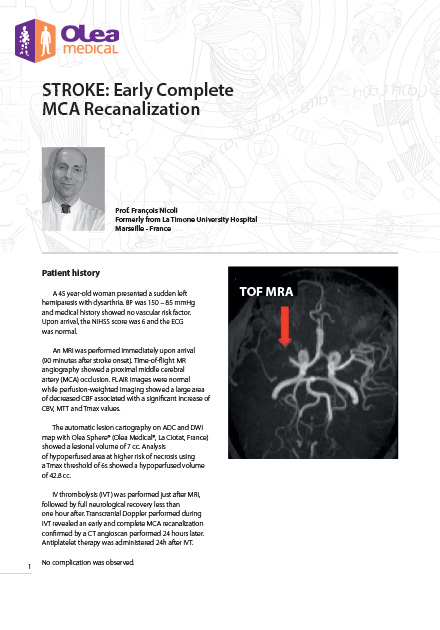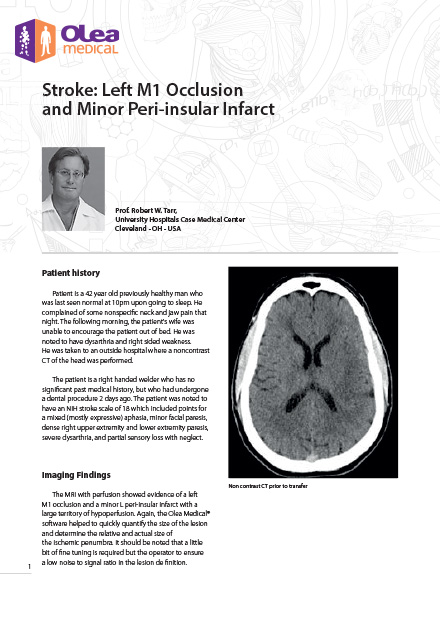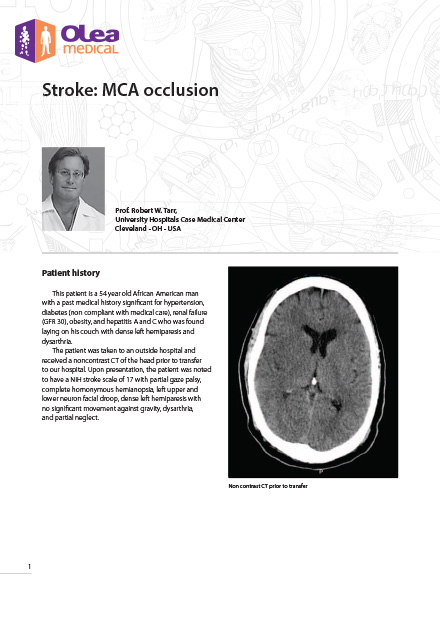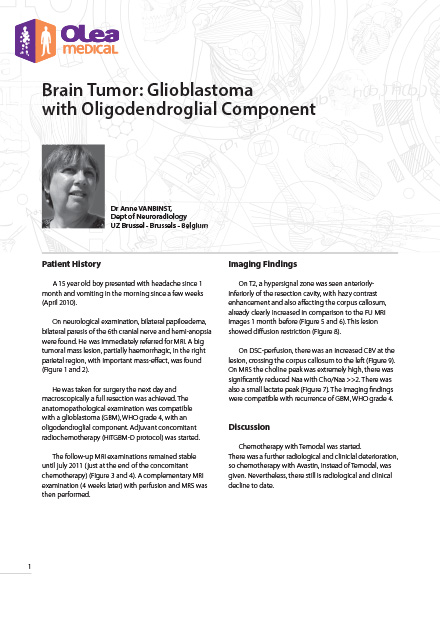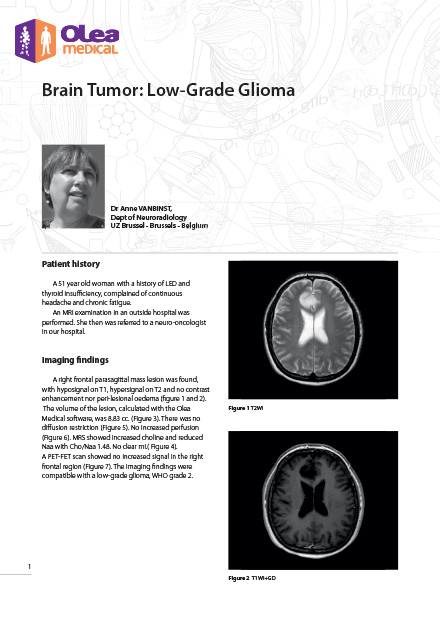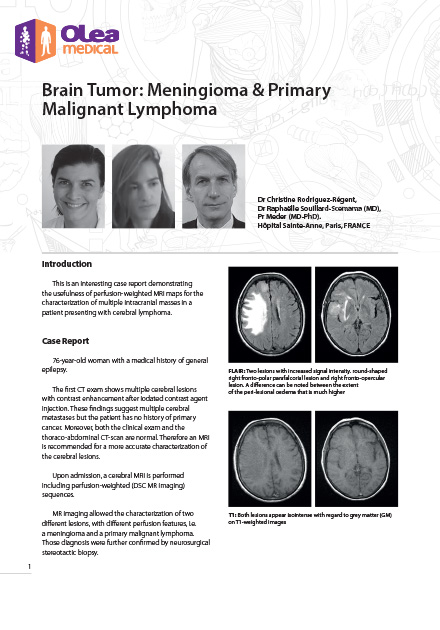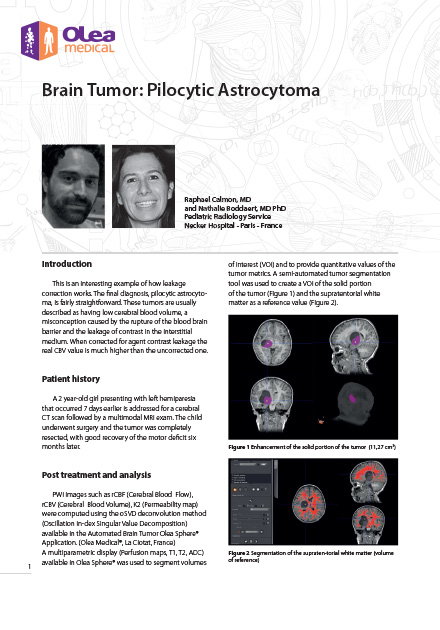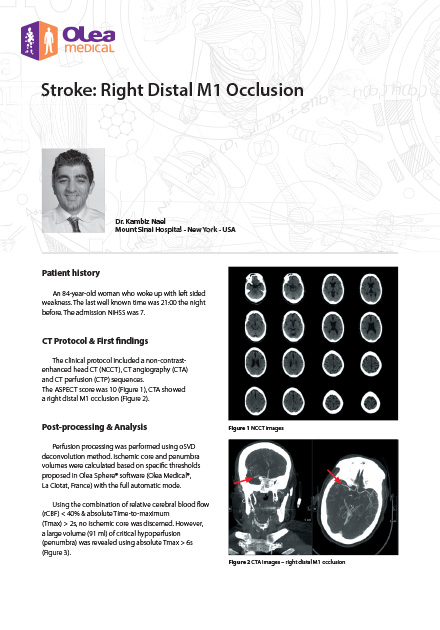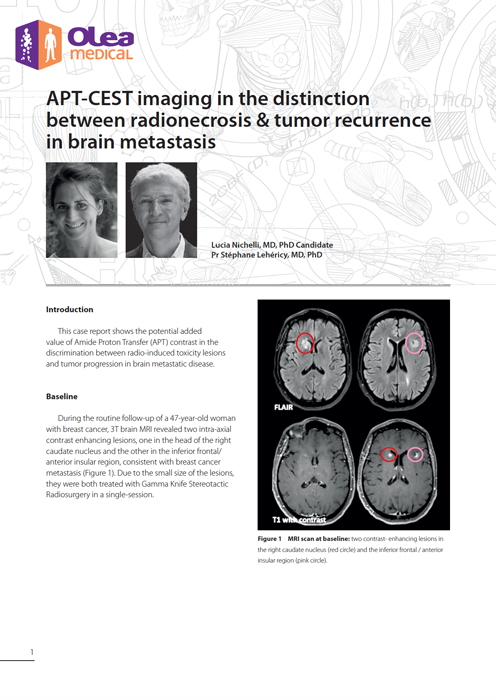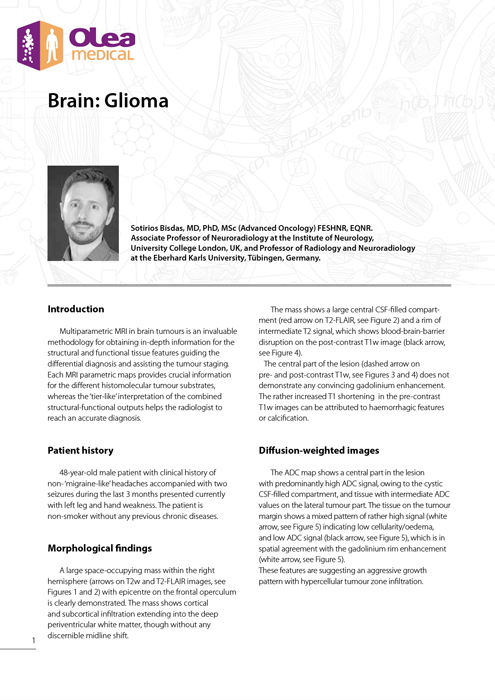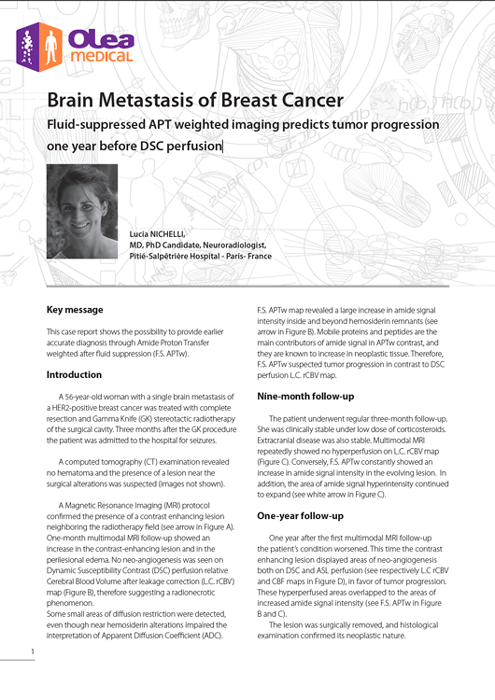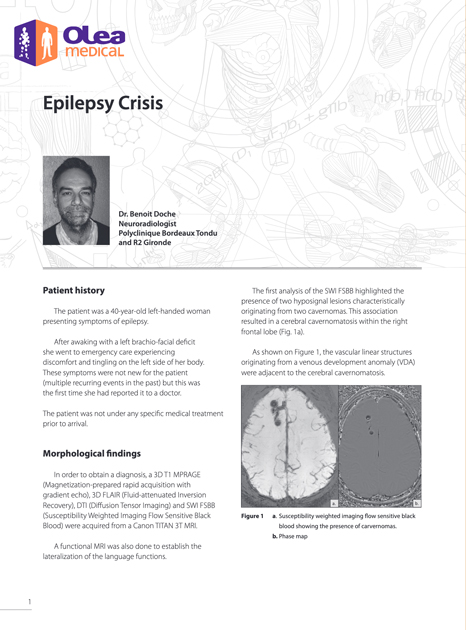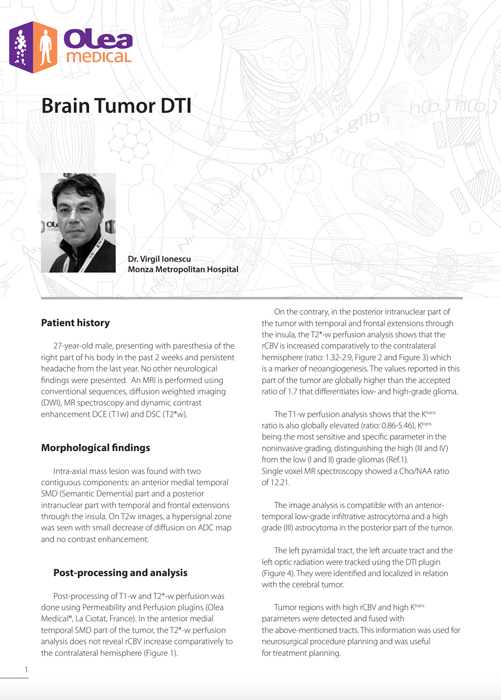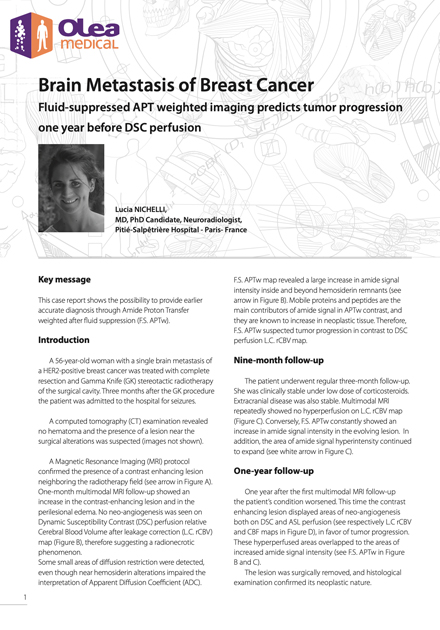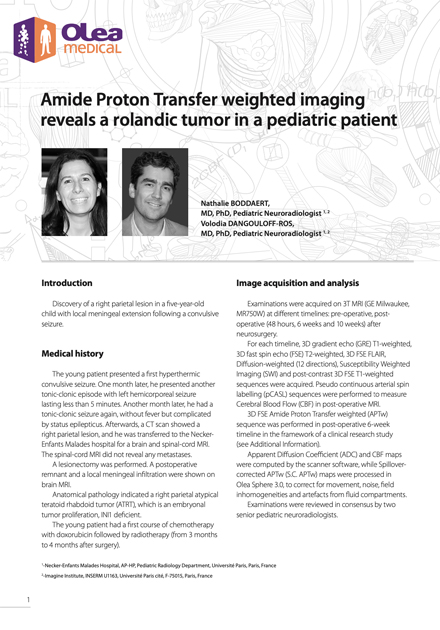
Informations sur les cookies
Les cookies sont des petits fichiers installés sur votre ordinateur ou votre smartphone. Ils nous permettent de stocker des informations relatives à votre navigation sur notre site.

Informations sur les cookies
Olea Medical utilise trois types de cookies :
- Les cookies de session ou de préférences qui sont indispensables à la navigation et au bon fonctionnement du site
- Les cookies de mesure d’audience et autres traceurs servant à établir les statistiques d’audience du site
Ces cookies sont paramétrés selon les critères d’exemption du consentement tels que définis par la CNIL
| Nom du cookie | Type | Description | |
|---|---|---|---|
| ckProfMed | Nécessaire à la fourniture du service | Mémorise l'attestation obligatoire "professionnel de santé" | |
| ckOConsentList | Nécessaire à la fourniture du service | Stocke le consentement pour chaque cookie de type “traceur”. | |
| oleaAuthForDownload | Nécessaire à la fourniture du service | Stocke l'authentification nécessaire au téléchargement des cases reports | |
| wordpress_test_cookie | Nécessaire à la fourniture du service | Nécessaire au fonctionnement du site. Permet de savoir si les cookies sont activés. | |
| wp-wpml_current_language | Nécessaire à la fourniture du service | Stocke la langue courante | |
| wordpress_* | Authentification client | Espace client uniquement. Ce cookie ne sera pas installé si vous ne vous connectez pas à votre compte. | |
| wordpress_logged_in_* | Nécessaire à la fourniture du service | Espace client uniquement. | |
| wordpress_sec_* | Nécessaire à la fourniture du service | Espace client uniquement. | |
| wp-settings-* | Nécessaire à la fourniture du service | Espace client uniquement. | |
| wp-settings-time-* | Nécessaire à la fourniture du service | Espace client uniquement. | |
| wp-postpass_* | Nécessaire à la fourniture du service | Espace client uniquement. | |
| __cf_bm | Nécessaire à la fourniture du service | Cookie CloudFlare nécessaire à la protection des bots | |
| __hstc | Mesure d'audience | Cookie principal permettant le suivi des visiteurs via le service hubspot | |
| __hssc | Mesure d'audience | Cookie permettant le suivi des sessions via le service hubspot | |
| __hssrc | Mesure d'audience | Utile au suivi suivi des sessions via le service hubspot | |
| hubspotutk | Mesure d'audience | Cookie lié au service hubspot | |
| _ga | Mesure d'audience | Suivi des visites via google analytics | |
| _ga_0YWR42QLCL | Mesure d'audience | Suivi des visites via google analytics |

